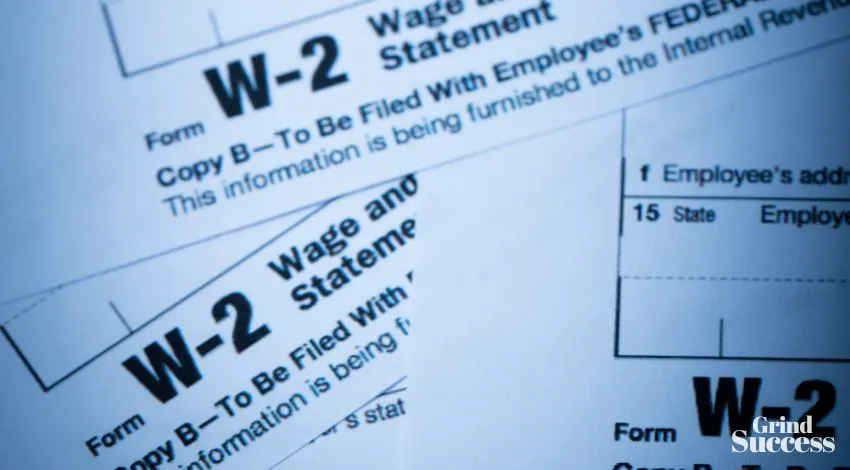What to Know About K1 Losses and If They Can Offset W2 Income?

When it comes to taxes in real estate, grasping the nuances of every little concept helps. Understanding the tax code and taking advantage of all available deductions and credits can help you keep more of your hard-earned money. K1 losses are one strategy that investors can use to reduce their tax liability.
But can k1 losses offset W2 income? In simple terms, they can do so in some scenarios, but the rules and limitations surrounding K1 losses can be complex for some to understand. Therefore, it is advantageous to know what they mean and how they can help you manage tax liability.
Refer to the following points that better explain the concept to new investors with little idea about it.
What are K1 losses?
K1 losses are losses generated by a partnership or syndication passed through to its partners or shareholders on their K1 tax forms. These losses can result from various activities, including depreciation, expenses, and other deductions that reduce the partnership’s taxable income.
For example, suppose you invest alongside syndication in multifamily rental properties. If the partnership generates a loss for the year, that loss will be allocated to you based on your percentage ownership in the partnership. You can then use this loss to offset your other income, such as your W2 income.
How do K1 losses work?
When you receive a K1 tax form, it will include information on the income, deductions, and losses allocated to you for the year. You can use the losses assigned to you to offset other income on your returns, subject to certain limitations. However, note that not all K1 losses are created equal, and there are two basic types – passive and non-passive losses.
You can use passive losses to offset only passive income, such as rental income, and it cannot be used to offset non-passive income, such as W2 income. On the other hand, non-passive losses can be used to offset any type of income, including W2 income.
So, can K1 losses offset W2 income for passive investors?
Yes, they can. Understanding the concept with an example will help. Suppose you partner with a syndicate investing in real estate rental assets.
If you made $100,000 cash flow in a year, you could show depreciation of $150,000 on the form, with each of the two partners showing a $25,000 loss on their K1 forms. Consequently, neither of them will owe anything in personal taxes dispute making a $50,000 cash flow each.
Those who qualify for the status of a real estate professional can carry their losses to their active income and reduce tax liability. However, attaining this position or rank for full-time property investors is easier.
Consulting a tax professional can help you understand these things better and make the right decision.
Finding a Reliable Syndication
Choosing the proper real estate syndication to be a passive investor in multifamily assets can be a complex decision. So, carefully evaluate the entity’s track record, investment strategy, and the underlying property’s financials before investing. Substantial syndication will have a history of successful investments and a clear strategy that aligns with your goals.
Moreover, they will have a proven ability to manage multifamily Class B and C properties and a detailed plan for adding value to each. Lastly, their website’s several positive reviews and client testimonials will testify to their authenticity and legitimacy.






